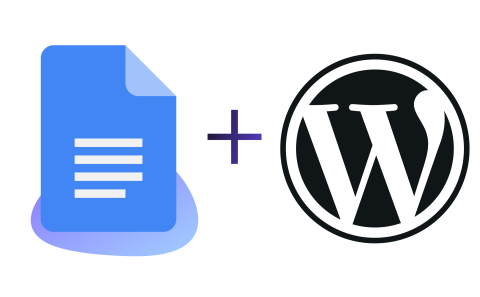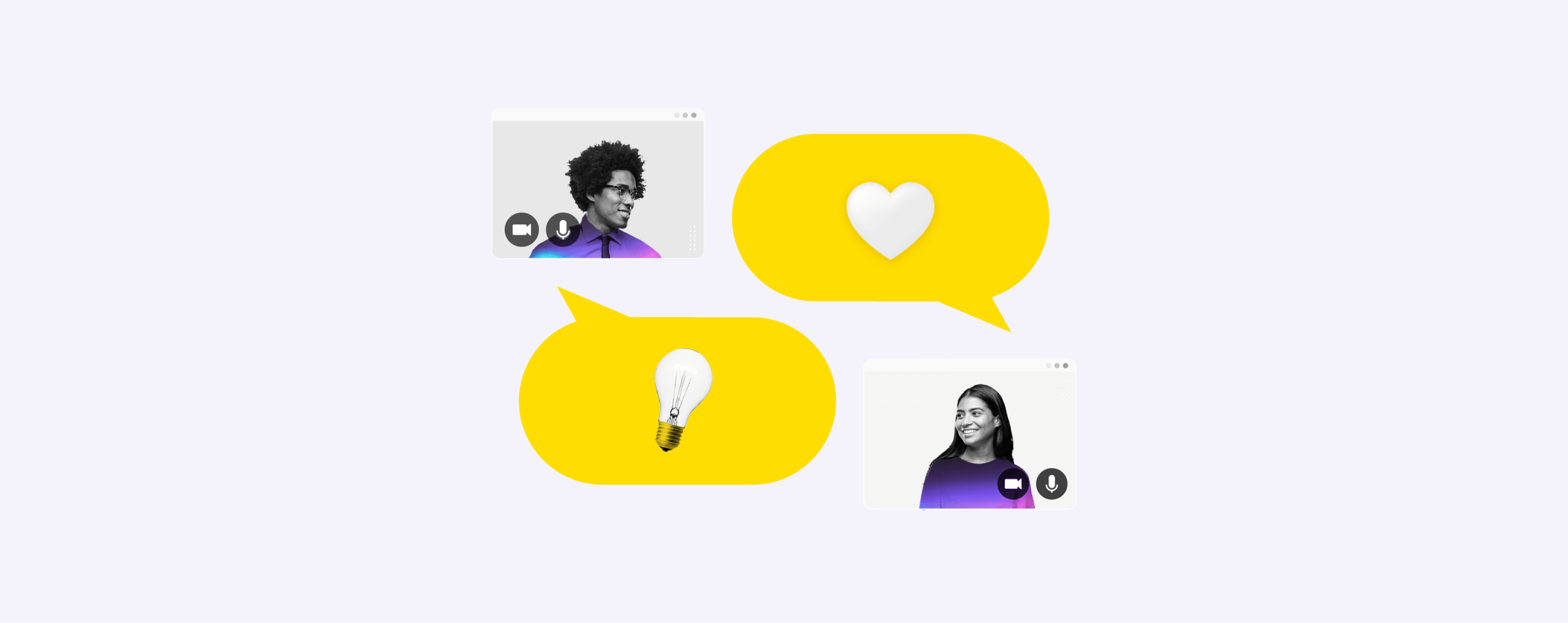Achieving Data Governance in Higher Education
Image

Data breaches in higher education are on the rise, with potentially devastating consequences. Effective data governance is vital for protecting sensitive information and ensuring compliance with regulations like FERPA and GDPR.
Data governance refers to managing and collecting data. It is particularly critical for higher education institutions, which handle vast amounts of data from various sources, including student records, faculty research and administrative systems. Implementing policies and best practices for data governance helps ensure consistency, accuracy and security on campus.
However, achieving effective data governance can be challenging. Recent incidents, such as the MOVEit data breach, highlight the severity of the issue. This breach occurred over three months, compromising nearly 900 institutions and affecting over 62 million individuals. The risks are high, and the task can seem overwhelming. By understanding and implementing key components of data governance, institutions can better protect their data and mitigate risks.
Keep reading to learn more about the components of data governance and how to achieve it.
Understanding Data Governance for Higher Education Institutions
Data governance in higher education can be split into four areas:
Data Collection
Higher education institutions gather vast amounts of data, including student records, faculty research, administrative processes and digital learning platforms. Establishing clear procedures and standards for data collection is essential to ensure data quality and consistency. With these standards, institutions can avoid data inaccuracies and inefficiencies.
Storage
Image

Secure and organized data storage is necessary for maintaining data integrity and facilitating easy access and retrieval. Managing large volumes of data and ensuring data security are significant challenges. Institutions must implement storage solutions that protect against data breaches and loss while ensuring that data can be accessed efficiently when needed.
Sharing
Balancing the need for data accessibility with privacy and security considerations is vital. Higher education institutions must have policies and controls to manage who has access to data and under what circumstances. Effective data-sharing policies prevent unauthorized access and ensure that sensitive information remains protected.
Usage
Image

Data usage should align with institutional goals and follow privacy and protection regulations. Monitoring and auditing data use are crucial to ensure compliance and to gain insights for improving data governance practices. Proper data usage supports informed decision-making and enhances the institution's overall strategic planning.
The importance of data governance in higher education is evident. It ensures that data is accurate, secure, and used appropriately, all while complying with necessary regulations. Proper data governance can help institutions:
- Enhance Data Quality and Consistency: Clear standards and procedures ensure that data collection is accurate and consistent across various departments and systems.
- Improve Data Security: Implementing robust storage solutions and access controls protects sensitive information from breaches and unauthorized access.
- Support Informed Decision-Making: Reliable data collection and usage enable institutions to make data-driven decisions, improving strategic planning and operational efficiency.
- Ensure Compliance: Adhering to data privacy and protection regulations such as FERPA and GDPR helps institutions avoid legal repercussions and maintain trust with stakeholders.
Why Is Data Governance Important?
Data governance helps with mitigating risks associated with data breaches and cyber-attacks. By implementing strict data governance policies, institutions can:
- Protect sensitive information from unauthorized access and potential threats.
- Follow various regulatory requirements, like FERPA in the United States and GDPR in Europe. Compliance with these regulations is essential to avoid legal repercussions and to protect student privacy.
- Make informed decisions that drive the institution’s mission and goals through improved data quality, crucial for accurate reporting and strategic planning.
- Optimizing data management processes boosts operational efficiencies and contributes to enhancing institutions' reputations. This, in turn, establishes them as reliable and proficient in data handling.
Ultimately, superior data governance leads to enhanced student and staff services, creating a more supportive and effective educational setting.
Step-by-Step Guide to Building a Robust Data Governance Strategy
Define Data Governance for the Institution
Clear, institution-specific definitions and procedures are essential for effective data governance. Each institution must tailor its data governance strategy to its unique environment, including standardized procedures for data collection, storage, sharing, and usage across the entire campus. This ensures consistency and clarity, making it easier for all stakeholders to adhere to governance policies.
Prioritize Needs
Implementing a comprehensive data governance strategy at once can be overwhelming. Based on the institution's specific goals and challenges, it's essential to prioritize the most important or time-sensitive areas. By focusing on the most pressing needs, institutions can create a phased approach that allows for manageable and effective changes.
Align Data Initiatives With the College or University’s Goals
Aligning data initiatives with the institution's overall goals is vital for measuring success and ensuring data governance supports the broader mission. Institutions should identify key performance indicators (KPIs) that reflect their strategic objectives and regularly measure these to assess progress. This alignment ensures data governance efforts directly contribute to institutional success.
Set Out Roles and Responsibilities
Clearly defining roles and responsibilities is a cornerstone of any data governance strategy. Each team member should understand their specific duties and the procedures they need to follow. Assigning roles based on staff skills, departmental functions and data needs ensures that the right people are in the correct positions to manage data effectively. This clarity helps prevent overlaps and gaps in responsibilities, leading to more efficient data management.
Refer to (or Develop) a Change Management Plan
A well-defined change management plan is critical for successful data governance implementation. This plan should outline how changes will be communicated, who will be affected, and what steps are needed to transition smoothly. By having a change management plan, institutions can anticipate potential challenges and address them proactively, ensuring a smoother implementation process.
Top Data Governance Policies for Higher Education
To achieve effective data governance in higher education, it is integral to have comprehensive policies that encompass various areas:
Data Security and Risk Management
Policies should identify vulnerabilities in data security, outline procedures for using sensitive data, and provide clear protocols for handling data breaches. These measures help protect against unauthorized access and cyber threats, protecting the institution's data assets.
Staff Training and Review Process
Regular audits of data governance processes are essential to address the most recent threats and vulnerabilities. Equally significant is providing ongoing staff training on data handling and data breach response. Well-informed staff are better equipped to maintain data integrity and respond effectively to security incidents.
Access and Authorization
Clear policies must define who has access to various levels of data within the institution. Establishing strict access controls helps prevent unauthorized access and ensures that only qualified personnel can handle sensitive information. This is necessary for maintaining data privacy and security.
Privacy Policy
Compliance with data privacy laws like FERPA and GDPR is non-negotiable. A privacy policy should outline how the institution collects, uses and protects personal data, ensuring adherence to legal standards. This policy helps maintain the trust of students, staff and other stakeholders.
Data Inventory and Deletion
Maintaining an up-to-date inventory of all records and systems is essential for effective data governance. The inventory should detail what data is collected, the purpose of its collection and the retention period for each type of data. Clear guidelines on data deletion help prevent unnecessary data accumulation and reduce the risk of data breaches.
Data Quality
Policies should include strategies to prevent and identify data errors. They should also outline processes for correcting mistakes and ensuring data is used for its intended purpose. High data quality is crucial for accurate reporting, decision-making and strategic planning, making this a vital component of any data governance framework.
Take the Next Step in Data Governance With Pantheon
One of the main parts of data governance is standardizing and streamlining procedures across the institution. As a WebOps platform, Pantheon knows all about this, enabling efficient collaboration across multiple teams and departments.
With a centralized IT hub, Pantheon makes it easy to maintain all campus sites while allowing each faculty member the freedom to upload content. Security is always a top priority for us. From immutable code and role-based access to DDoS protection and managed HTTPS, we always have your back. When you partner with us, you can focus on your core higher education missions with confidence, knowing that your site is as secure as it can be.
Read our eBook “From Chaos to Governance in Higher Ed” today for more information and insider know-how!


